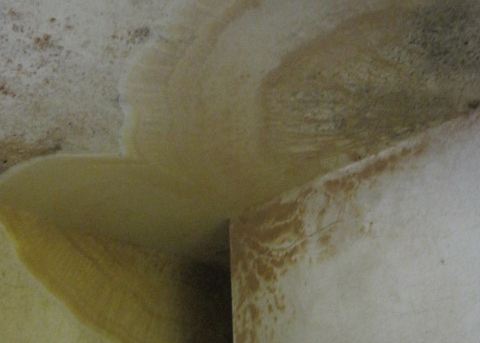
The wet rots live on and spread through timber with a very high moisture content, but - unlike dry rot - wet rots do not spread on other surfaces and will stop growing if the dampness is removed. Wet rot will cause cracking and weakening of structural and decorative timbers throughout the house and should be treated as soon as possible.
As wet rot only thrives in very damp conditions it is vital to resolve the source of the damp problem at the same time as eradicating the fungus. The most common type of wet rot fungus is the cellar fungus Coniophora Puteana. As its name suggests, this fungus particularly affects damp timbers that are found within confined and unventilated areas, such as cellars and subfloor voids.
Treatment for Wet Rot
Our Surveyors are trained in identifying the particular type of fungal infection and recommending a suitable remedial strategy for treatments. As most wet rot fungi are confined to areas of dampness within the property, treatments often consist of removing the source of dampness, improving ventilation and replacing structurally weakened timbers.
In accordance with current guidelines, chemical treatment is only carried out where it is considered essential to effectively eradicate the fungal attack. It is usually only necessary where timbers are concealed or inaccessible, in which case specific deep-penetrating Boron based pastes are often the only treatments required.
